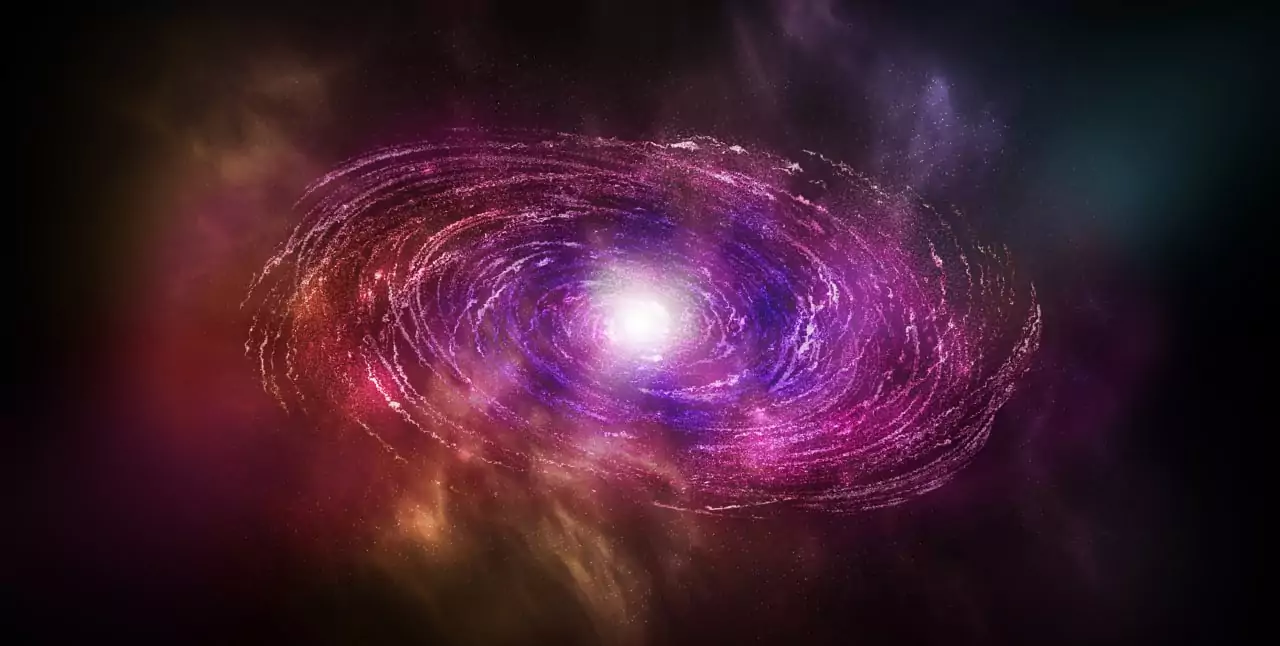They were so powerful that they actually slowed down the growth of the black holes from which they emanated.
Using the X-shooter receiver mounted on the ESO Very Large Telescope, astronomers studied 30 quasars observed in an era when the age of the Universe was from 500 million to 1 billion years. It turned out that they are the source of extremely powerful winds. Their speed reaches 17% of the speed of light and they are 20 times more powerful than the winds in quasars observed in the epoch 4 billion years after the Big Bang.
At the dawn of the universe, black holes grew much faster than their host galaxies. Then some kind of restrictive mechanism began to operate, bringing their growth in line with the growth rate of galaxies. It was the winds that became this mechanism. The energy released by them was so great that it interfered with the accretion of matter into black holes, slowing their rapid growth.
Thus, they entered a phase of «coevolution» with their galaxies, which continues to this day.
